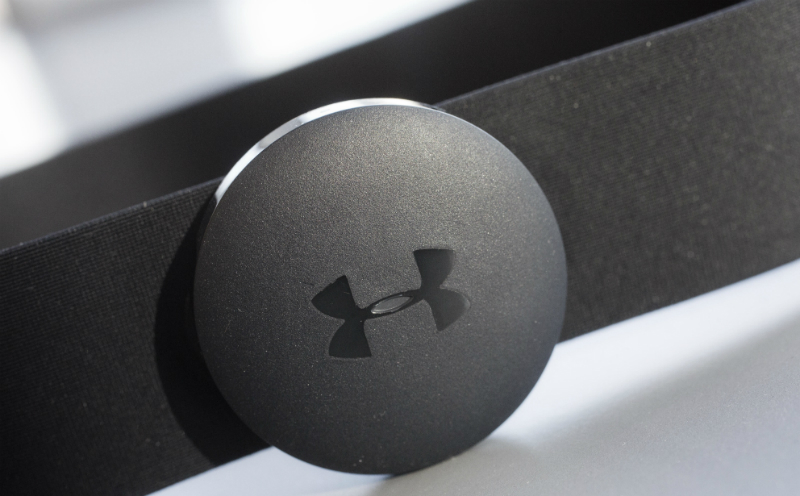How to use a heart rate monitor to improve your fitness
Using a heart rate monitor will ensure you are training hard enough to improve your fitness

A heart rate monitor can help you get fit for football and take the guesswork out of training by telling you if you are working hard enough to improve your fitness.
To get fitter, your heart must be working close to its maximum, according to Southampton’s director of performance, Mo Gimpel, who uses the technology to monitor the Saints squad on a regular basis.
“When you’re training, you’re looking for a stimulus to make you fitter,” he said. “This means working at 80-85% of your maximum heart rate.”
But how do you know how hard your heart is capable of working? “The easiest way work out your maximum heart rate is to do 220 minus your age,” says Gimpel.
Get FourFourTwo Newsletter
The best features, fun and footballing quizzes, straight to your inbox every week.
“It’s a bit of an old school calculation and isn’t 100 per cent accurate, but it gives you a rough idea. From there you’ll be able to work out where your 90%, 80% threshold is and all the way down.”
To train at this intensity, it’s important to do the right type of training. “High intensity interval training, for example repeated sprints on a treadmill, is perfect for elevating your heart rate and replicating the demands of a game.”
If you’re guilty of taking your foot off the gas and slipping into your comfort zone when you start to get a sweat on, this is where a heart rate monitor will come in handy.
Gimpel continues: “If you have a system where you can see your heart rate live, you can see how hard you have to work to reach your fitness goals.
“If you have to work harder then so be it – run harder or reduce your rest time so your heart rate doesn’t drop as much.
"When you get used to reading the numbers you get in tune with your body and how hard you need to work.
“We’re all busy trying to fit in training so let’s get the best quality training we can – a heart rate monitor is a great way of trying to do that."
So what are you waiting for? Get yourself a heart rate monitor and reap the rewards on the pitch – simple.
Recommended stories
How to stay calm under pressure
